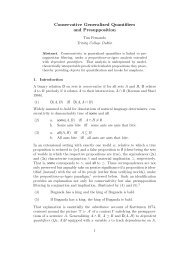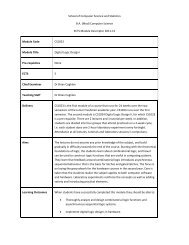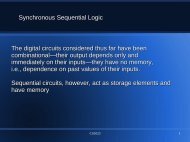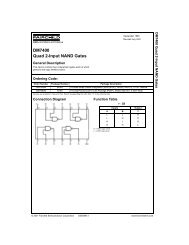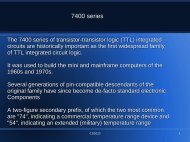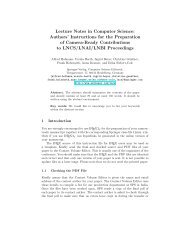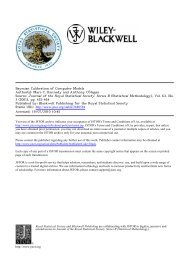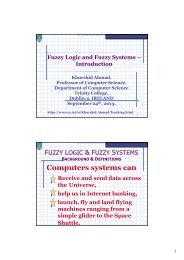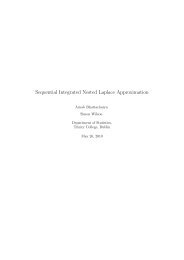Real-time Communication in Vehicular Ad Hoc Networks (VANETs)
Real-time Communication in Vehicular Ad Hoc Networks (VANETs)
Real-time Communication in Vehicular Ad Hoc Networks (VANETs)
Create successful ePaper yourself
Turn your PDF publications into a flip-book with our unique Google optimized e-Paper software.
There are two widely used types of protocols <strong>in</strong> network rout<strong>in</strong>g: table-driven<br />
protocols and source-driven protocols. Table-driven protocols use proactive<br />
methods to ma<strong>in</strong>ta<strong>in</strong> network topology.<br />
3.3.1 Table-driven Rout<strong>in</strong>g Protocol<br />
Table-driven rout<strong>in</strong>g protocols attempt to ma<strong>in</strong>ta<strong>in</strong> consistent, up-to-date<br />
rout<strong>in</strong>g <strong>in</strong>formation by broadcast<strong>in</strong>g transmission that requires each node to<br />
ma<strong>in</strong>ta<strong>in</strong> one or more tables to store rout<strong>in</strong>g <strong>in</strong>formation.<br />
Once there are changes <strong>in</strong> network topology, propagat<strong>in</strong>g update <strong>in</strong>formation<br />
throughout the whole network has to be performed <strong>in</strong> order to ma<strong>in</strong>ta<strong>in</strong> a<br />
consistent network view. For <strong>in</strong>stance, the Dest<strong>in</strong>ation Sequenced Distance<br />
Vector Rout<strong>in</strong>g protocol (DSDV) described is a famous table-driven algorithm<br />
based on the classical Bellman-Ford rout<strong>in</strong>g mechanism. The Cluster-head<br />
Gateway Switch Rout<strong>in</strong>g (CGSR) protocol def<strong>in</strong>es several heuristic rout<strong>in</strong>g<br />
schemes <strong>in</strong> a clustered multi-hop mobile wireless network. The Wireless<br />
Rout<strong>in</strong>g Protocol (WRP) is another table-based protocol with the goal of<br />
keep<strong>in</strong>g rout<strong>in</strong>g <strong>in</strong>formation consistent among all nodes <strong>in</strong> the network.<br />
Each node <strong>in</strong> the network is responsible for ma<strong>in</strong>ta<strong>in</strong><strong>in</strong>g four tables: distance<br />
table, rout<strong>in</strong>g table l<strong>in</strong>k-cost table, message retransmission list (MRL) table.<br />
Optimized L<strong>in</strong>k State Rout<strong>in</strong>g Protocol (OLSR) is also a k<strong>in</strong>d of proactive<br />
protocol. This algorithm floods broadcast message just through the nodes<br />
selected by Multipo<strong>in</strong>t Relays (MPRs)<br />
20




